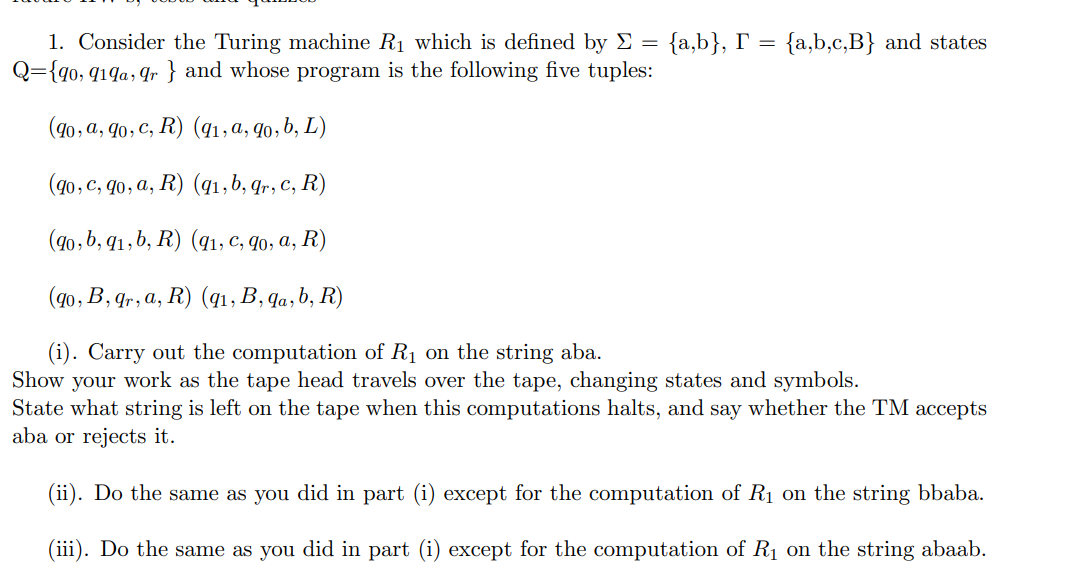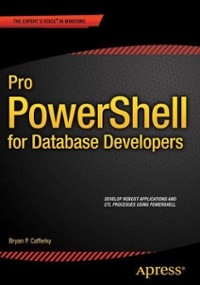Answered step by step
Verified Expert Solution
Question
1 Approved Answer
1. Consider the Turing machine R1 which is defined by ={a,b},={a,b,c,B} and states Q={q0,q1qa,qr} and whose program is the following five tuples: (q0,a,q0,c,R)(q1,a,q0,b,L)(q0,c,q0,a,R)(q1,b,qr,c,R)(q0,b,q1,b,R)(q1,c,q0,a,R)(q0,B,qr,a,R)(q1,B,qa,b,R) (i). Carry

Step by Step Solution
There are 3 Steps involved in it
Step: 1

Get Instant Access to Expert-Tailored Solutions
See step-by-step solutions with expert insights and AI powered tools for academic success
Step: 2

Step: 3

Ace Your Homework with AI
Get the answers you need in no time with our AI-driven, step-by-step assistance
Get Started


